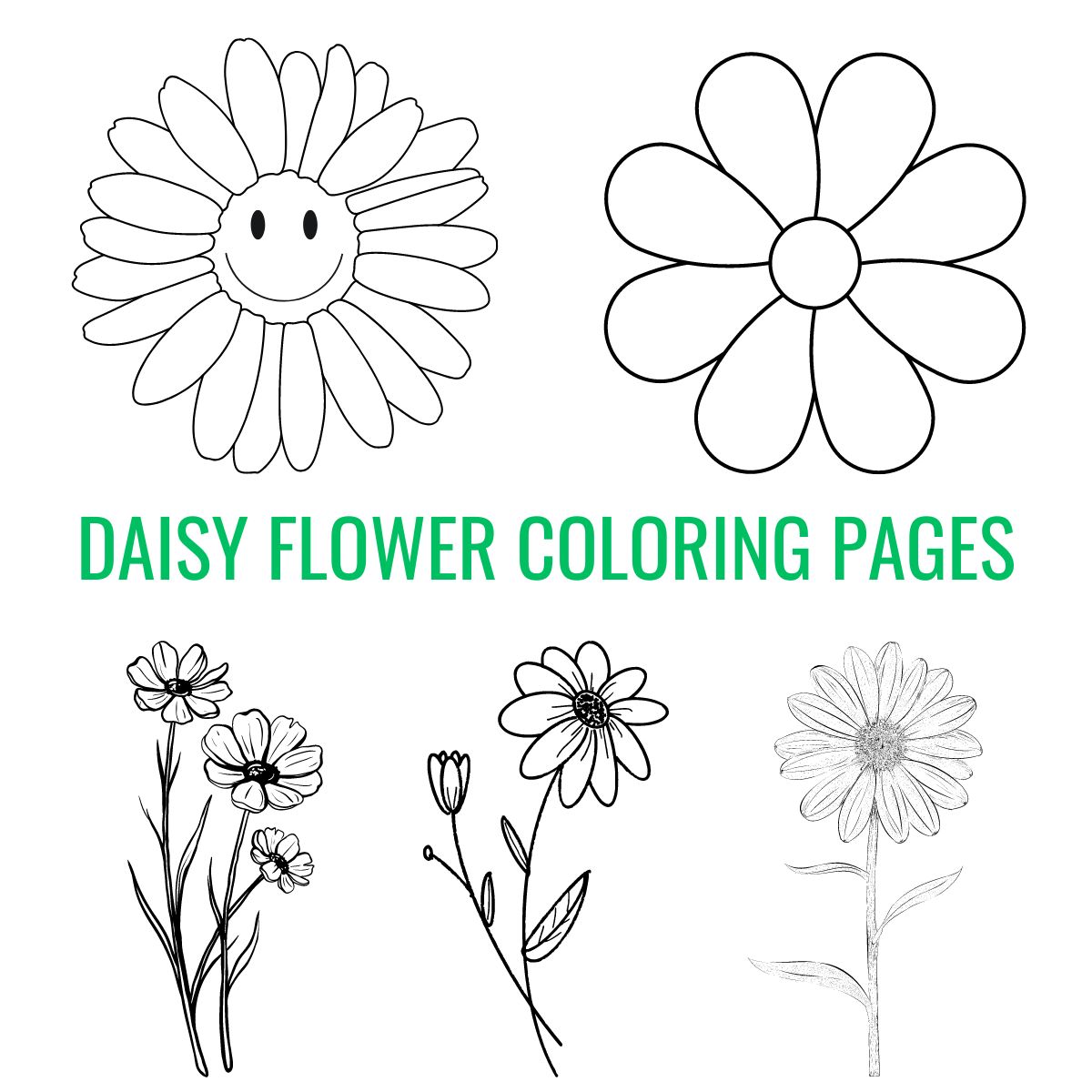Daisy destruction might sound dramatic, but for gardeners and plant lovers, it’s a real issue that affects both beauty and biodiversity. Whether you're nurturing a backyard full of wildflowers or simply enjoying the sight of daisies swaying in a field, you've probably noticed how delicate these blooms can be. From pests to weather changes, there are many ways daisies can be damaged or even completely wiped out in certain areas. In this post, we’ll explore what daisy destruction really means, why it matters, and how you can protect these cheerful flowers in your own space.
So, if you're someone who loves growing daisies or just appreciates their presence in nature, stick around. We’ll cover everything from common causes of daisy destruction to easy ways you can prevent it. You might be surprised to learn how fragile these plants can be — and how important they are to the ecosystem around us.
Plus, we’ll share some helpful tips, real-world examples, and even a few things to avoid if you want your daisies to thrive. Ready to learn how to keep your daisies blooming bright and strong? Let’s dive in.
Table of Contents
- What Is Daisy Destruction?
- Why Daisies Are Important
- Common Causes of Daisy Destruction
- How to Prevent Daisy Destruction
- Frequently Asked Questions
What Is Daisy Destruction?
So, you’ve heard the term “daisy destruction,” but what does it actually mean? Well, it’s not just about daisies wilting in a vase. Daisy destruction refers to the damage, loss, or decline of daisy populations in natural or cultivated environments. This can happen for a variety of reasons — some natural, others caused by humans or the environment.
For example, you might see daisy destruction in your garden if a sudden frost hits or if pests like aphids start munching on the petals. In wild areas, urban development or overuse of herbicides can drastically reduce daisy populations. It’s not just about losing a pretty flower — daisy destruction can impact pollinators, soil health, and even local aesthetics.
Why Daisies Are Important
Daisies might seem simple, but they play a big role in the ecosystem. For starters, they attract bees, butterflies, and other pollinators that help keep gardens healthy. They’re also known for their resilience and ability to grow in different soil types, making them a favorite among beginner gardeners.
In fact, some daisies are considered weeds because they pop up in places people don’t expect — like lawns or sidewalk cracks. But even then, they’re doing something good. They help prevent soil erosion and provide food for insects. So, when daisies are destroyed, it affects more than just your garden’s look — it impacts the environment around it.
Common Causes of Daisy Destruction
There are quite a few reasons daisies might not make it through the season. Here are some of the most common culprits:
- Extreme weather: Too much rain or a sudden cold snap can kill daisies quickly.
- Pests: Aphids, spider mites, and slugs love munching on daisy leaves and petals.
- Improper care: Overwatering or planting in poor soil can lead to root rot and other issues.
- Herbicides: Weed killers can accidentally harm daisies, especially if they’re growing near treated areas.
- Urban expansion: Construction and land clearing often remove natural daisy habitats.
So, if you’re wondering why your daisies keep dying or disappearing, it might be one of these reasons — or a mix of a few.
How to Prevent Daisy Destruction
Good news! There are plenty of things you can do to keep daisies safe and thriving. Here are some practical tips to try:
- Choose the right daisy variety: Some types are more resistant to pests and weather than others. Check out our list of the best daisies to grow in your garden.
- Plant in well-drained soil: Daisies don’t like soggy roots, so make sure the soil isn’t too heavy or wet.
- Use natural pest control: Try neem oil or ladybugs instead of harsh chemicals to keep bugs away.
- Water wisely: Give them a good soak once in a while, but let the soil dry out between watering.
- Leave some wild space: If you have a yard, let a corner grow a little wild. It’ll provide a safe haven for daisies and pollinators.
Also, if you're planting daisies in a garden bed, be careful with weed killers — they can easily harm your flowers. Instead, pull weeds by hand or use a natural mulch to keep them in check.
And if you’re worried about the environment, consider supporting local green spaces or community gardens. These places help protect daisy populations and give them a fighting chance against destruction.
For more gardening tips, you can check out HGTV’s guide to growing daisies — they’ve got some great advice on how to keep your blooms healthy and happy.
Frequently Asked Questions
What does daisy destruction mean for pollinators?
Well, daisies are a favorite food source for bees and butterflies. If daisies are destroyed, those pollinators lose a key part of their diet. That can lead to fewer pollinators in your garden — which means fewer fruits, veggies, and flowers overall.
Can daisies come back after being damaged?
It depends on how bad the damage is. If the roots are still healthy, daisies might regrow after a season of rest. But if the entire plant is gone or the soil is too poor, you might need to replant new ones.
Are daisies considered weeds?
Some types of daisies, like the oxeye daisy, are considered weeds because they grow quickly and spread easily. But not all daisies are bad! Many are grown intentionally for their beauty and benefits to the garden.



